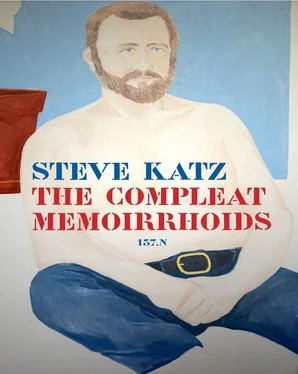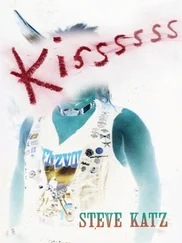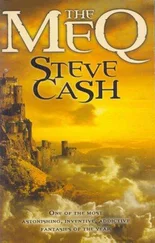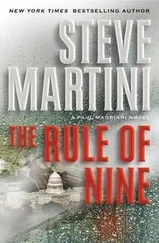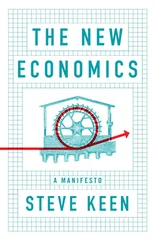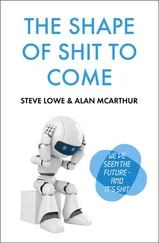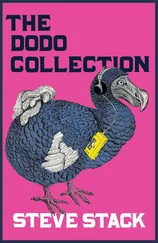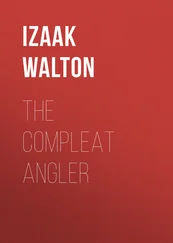Lively company at Cornell. A.R. Ammons arrived, and before you knew it he wrote on an adding machine tape his great journal poem, “Tape For The Turn Of The Year.” The poets David Ray and Robert Sward were there. Richard tum Suden, who showed at Tibor deNagy in New York, witty, humane painter, great friend, who got fed up and quit the scene way too early. Charles Ross, dynamic intellect, visionary artist was and still is a friend. I’ve learned a lot from watching the intellectual rigor with which he approaches his art, particularly as he got into work with prisms and fresnel lenses, engaging solar phenomena, star charts, exploded drawings, solar burns. B.H. Friedman, novelist and biographer of Pollock and Ossorio, was there for a year. Jim Dine was there, and he encouraged me to change my publishing name from Steven to Steve. He was already canonized as a “pop” artist, and had inexhaustible creative energy. One evening after dinner, at a small gathering, he improvised a song about types of ribbon — grosgrain ribbon, satin and tulle, metallic ribbon, mesh and velveteen. He made ribbon sound like the only thing worth thinking about after the cheese course.
And yowza we bomb Hanoi. And yowza we enter Laos. And the brave are bagged and returned, yowza yowza. They went over as boys imbued with rock and roll and dope and American dreams, and then were shipped back in bags as bodies. And Stephen Gottlieb, architecture student, assembles a crew to hand set and print my book of poems, The Weight Of Antony , on a primitive press. It was a crew of people with amazing futures in art — Gordon Matta and Donald Evans, both of whom died too young, Alan Saret, Susan Rothenberg, Mary Woronov. I did more performance, like a film of myself on a four-wall handball court, hitting a ball around a woman standing in the center. I did a reading with slides, against a taped reading of the same piece, and several other elements. Performance art before it was performance art. Embarrassed myself in front of my own family. One piece ended with myself covered in adding machine tape. A goof in the audience set it aflame. I couldn’t move or do anything; I was so fixed in my role. I could have been immolated like some monks in Vietnam. Yowza me yowza you. Someone kind in the audience extinguished the flames. Hey, he burned alive while doing his art. Could have made great jacket copy. Yowza yowza.
We realize this isn’t just a restaurant when the girls rush onto the terrace. They fan out and peck around us like hens sprung from the henhouse. One girl tries to sit on Nikolai’s lap. He jumps up and flees the premises. Nik is my son. It is great to travel with him. He’s twelve. We have just arrived in Haiti on a research trip. I like to travel with each of my sons, one at a time. Where will he go? We’ve been in Haiti for only twenty minutes. Max Raab hired me to write a script about Toussaint Louverture. I am supposed to adapt an enormous, rambling novel I can hardly read. Whitey Lutz is seventy, one of the founders of The Village Voice . He bought the rights to this book. He is emerging from the last twenty years of his life spent tending to his wife who had MS. She recently died. His interest in Haiti is in Toussaint, but also in sowing his latter day oats with pubescent girls he can get to blow him for a buck. In Port-au-Prince we are not to call him Whitey. In Haiti he is Bip. Bip leads us directly from the plane to this restaurant/brothel. Not Max, nor the line producer, Bill McCutcheon, nor myself are in the mood for hookers, though they are young and pretty. We order some food. Bip disappears into the building with one of the girls. I find Nik sulking outside the gate to the terrace, and get him to come back in to have some food.
We stay at The Oloffson, a storied hotel, used as a principal location for Graham Greene’s novel and the movie of it, The Comedians . It’s like the setting for some Forties noir. You would not be surprised to find Sydney Greenstreet sweating at a table under one of the big circulating fans. He leans on the soiled tablecloth eating his goat stew as he fans himself with a broad straw hat. Nik and I stay in a humid room, on damp mattresses, under slightly soiled sheets. Everything reeks of mildew and decades of sex. In the evening, if you wander just outside the hotel grounds, you are immediately approached by young women who tweak your nipples and offer you whatever flesh they’ve got to sell, an offering that is given up so easily anywhere the poverty is this desperate.
We take the daily Turks and Caicos Airlines flight to Cap Haiti’en on the north shore of the island. The trip is a little over one hundred miles, but there is no passable road across. It takes some nerve to get on the old DC8 that rattles its bolts and rivets as we take off. I am going to fly this route many times as I’m writing the script. The old plane can’t get enough lift to elevate over the mountains. It flies between two peaks they call “The Sisters” and the pilot, who is more than a little drunk, jokes that he hopes the wing tips don’t scrape this time. It makes a first stop at Cap du Nord, swooping down on its first pass at the pasture/runway to chase the cows away, then landing on the second pass. The plane is immediately surrounded by a troop of heavily armed men, led by some tonton macoute in starched khaki shorts and shirts who appear at the plane windows, sizing us up through their foster grants. It is big fun. We hold our breath till they let us take off again.
As impoverished as the life is in Cap Haitïen, it is nowhere near as desperate as life in Port au Prince. The North still has a bit of its forest left. Diamond Match logged the southern mountains bare during the American occupation in the twenties, and that is why when you fly in you see the water at the shoreline brown with the topsoil that continually washes away, and makes it impossible for the Haitians to grow crops to feed themselves.
The horses they rent for you to ride on the trail to Jean-Christophe’s Citadel are so starved and sway-backed that Nik and I decide to walk, tempted to carry the tiny horses on our backs. This massive structure built by Haiti’s first tyrant, at the expense of countless lives, sits like the prow of a ship going nowhere at the top of the mountain. It feels ominous. The air is weighted with tyranny in this era of Baby Doc, the current dictator, retarded and ruthless. The oppression carries from the citadel to the streets. Along all the roads men starved as the horses on The Citadel trail crack at piles of rock with small hammers to break it into paving for the roads. They work sunrise to sunset for a dollar a day. Women work for the same wage pounding peanuts into butter, with long wooden pestles in tall mortars. They add salt and a little cayenne. The butter is delicious. They get a buck a day or less. The smell of peanut lingers on the air with the smell of smoke from the wood fires everywhere of men turning the rest of their forests into charcoal for cooking.
All along the roads we see the dance that Maya Deren saw, and presented a hint of in her film Divine Horsemen, the living gods of Haiti an endless stream of women who walk with huge loads on their heads, dressed in colorful tatters, not a wasted motion, even when they are unburdened. This grace is overwhelming. The people we pass greet us with “Bon jour or Bon soir, Monsieur Blanc.” Clarence Major, a great black writer, told me that when he visited Haiti they called him “Monsieur Blanc.” Monsieur Blanc is the one with the money. Blanc also means stranger. First thing in the morning the greeting often is “E comment va la nuit, la?” So melancholy and mysterious.
In Port au Prince we go to the celebration of the opening of an ultra-luxury hotel. Rumor has it that Mick Jagger owns a piece of it, and will be there. The resort is within smelling distance of the Citè du Soleil. This is where tens of thousands live in the sewage effluent, each defending a little square of territory, many of them selling a little bit of something like a razor blade or a half tube of toothpaste or a rusty screwdriver. The units are beautiful, half open to the weather. They climb the side of a hill. Each has its own small swimming pool, a sauna, a luxurious water-bed, a view of the ocean. Although none of the lines of sight catch the Citè du Soleil, it makes its presence known on the wind.
Читать дальше
